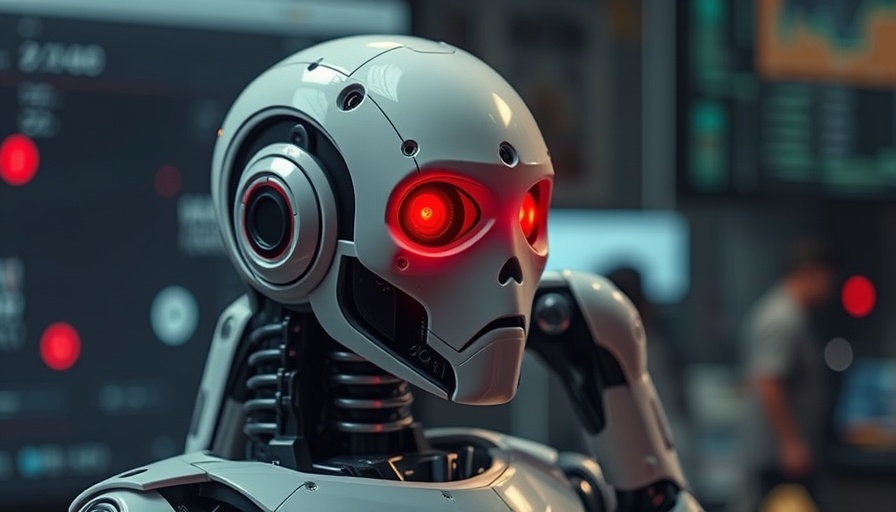
Using AI for Bad: the Unfolding Saga of Arson and Technology
In a startling intersection of artificial intelligence and crime, Florida resident Jonathan Rinderknecht has been arrested in connection with the devastating Palisades Fire that ravaged parts of California in January 2025. What makes this arrest particularly alarming for tech enthusiasts is the alleged use of ChatGPT to create images that investigators claim demonstrate premeditation in the crime.
The Palisades Fire, which ultimately burned over 23,000 acres and resulted in 12 deaths, was ignited by Rinderknecht shortly after midnight on New Year’s Day 2025. According to the Department of Justice, evidence against him includes video surveillance, witness accounts, and cellphone records, but among the most shocking evidence is an AI-generated image made months prior—a “dystopian painting” he crafted using a prompt on ChatGPT.
The Role of AI in Evidence
This case raises significant questions about the role of AI in both creative and legal realms. As emphasized in this incident, digital communications with AI tools like ChatGPT can become crucial evidence in criminal investigations. Investigators pointed to Rinderknecht’s record of asking ChatGPT various crime-related questions, including one that inquired about fault in fire-related incidents, suggesting a calculated mindset.
The ongoing legal proceedings will test how AI-generated content is treated as evidence in court. The technology that once seemed purely beneficial is now implicated in serious crimes, pushing the boundaries of what's permissible and ethical in AI use.
Repercussions for AI Ethics
As AI technology continues to evolve, discussions surrounding ethical considerations gain urgency. This incident compels us to reflect on AI ethics and its implications not only in crime but also in our daily lives. How can society ensure that AI tools are used for constructive purposes instead of harmful ones? To address this challenge, developers and users alike must advocate for clearer guidelines and ethical standards to mitigate misuse.
While AI can enhance creativity and efficiency, it can also empower individuals with malicious intent. As the debate on AI misuse intensifies, it's imperative that all who interact with AI tools understand the potential consequences—both positive and negative.
Calling for Change in AI Regulation
Jonathan Rinderknecht's case serves as a wake-up call for advocates of AI innovation and regulation. As the legal landscape adapts to include AI as part of prosecutorial evidence, we must collectively push for tighter regulations to address how AI technologies are deployed and monitored. Can we trust AI systems to remain separate from crime, or is more stringent oversight necessary to prevent future misuse?
For those deeply invested in technology and its applications, this incident is a crucial case to follow, impacting future discussions on the integration of AI into various sectors. Keeping up with such stories helps illuminate the path ahead for AI, informing how we can encourage its positive potential while guarding against its risks.
Staying engaged with AI advancements means understanding their implications. Join dialogue forums, advocate for ethical practices, and keep questioning the capabilities of AI in shaping our society and its responsibilities.
 Add Row
Add Row  Add
Add 




Write A Comment